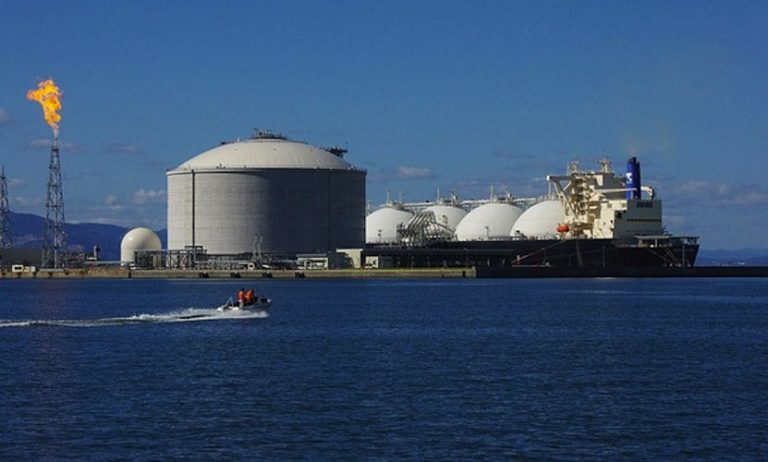LNG exports finally taking off in Egypt – Oilprice

What a difference just a few years can make. After more than a decade of uncertainty for Egypt’s natural gas sector, leading even to importing LNG for years, Cairo is heading to a much brighter gas future. Two weeks ago, Egypt re-joined the ranks of global LNG exporters when its state gas company EGAS tendered to sell four cargoes of LNG for loading in April from the Idku liquefaction plant on the Mediterranean coast. Bloomberg said the tender marked a revitalizing of its gas industry, where sagging domestic production forced it to halt most exports of LNG in 2014. Around the same time period, LNG producers, especially Qatar and Australia, looked to Egypt to help soak up extra production as well as cargoes not linked to off-take agreements. Moreover, Egypt was seen as a bright new spot for LNG producers to sign new supply deals as the ongoing LNG supply overhang gathered momentum.
Mid-year goals
Cairo recently said the Idku facility would be operating at full capacity by mid-year on the back of an ongoing surge in local gas production. However, Egypt’s second LNG plant remains offline, pending resolution of a financial dispute with the operators relating to the earlier breach of the government’s gas supply commitments.
In addition to the four cargoes commissioned by EGAS for April, another four and three cargoes are being marketed for May and June respectively. The offer is the largest since the country’s two liquefaction plants at Idku and Damietta were gradually taken offline in the early years of the decade. February exports were around 390 mcm, with Turkey emerging as the main buyer. These initial tenders are viewed as a means for EGAS to test the market before embarking on term contracts.
Egypt began importing LNG in 2015 and received its last cargo in September 2018. In the last quarter of 2018, the country regained its position of self-sufficiency, according to several reports. This rapid turnaround was made possible due to the discovery and rapid exploitation of the offshore Zohr field. First discovered in August 2015, the field began producing in December 2017. Production reached 12.2 bcm in 2018 and, as of late January, was running at around 56.6 mcm per day. It is expected to reach 76 mcm per day by the end of 2019.
A presentation from Eni two weeks ago said the field should ramp up to 580,000 boepd (92.8 mcm per day). Progress at Zohr has been backed up by other gas fields as well. British oil major BP commissioned the second phase of the company’s West Nile Delta (WND) project in February, raising output by around 19.8 mcm per day.
The Idku plant, owned through a joint venture between Shell, Malaysia’s Petronas, France’s Total, and several Egyptian owned firms, has 7.2 million tons per annum (mtpa) of liquefaction capacity and is located about 50 km east of Alexandria. Speaking in an interview in mid-March, Egyptian Petroleum Minister Tarek el-Molla said Idku’s backers aimed to reach full throughput capacity of 32 mcm per day by the end of June, from around 22.7 mcm per day at present. Moreover, the supply outlook for Egypt continues to improve.
New gas synergies
Yesterday, Bloomberg reported that the companies, Delek Drilling, Noble Energy, and Ratio Oil Exploration, developing Israel’s largest natural gas field are in discussions to increase the amount of supply to Egypt beyond the $15 billion deal inked last year. “The potential in the Egyptian market is endless,” Chief Executive Officer Yossi Abu said. “We’re going to clear up a lot of question marks in the coming months, once we start flowing gas through the EMG pipeline,” which will transport gas to Egypt, he added.